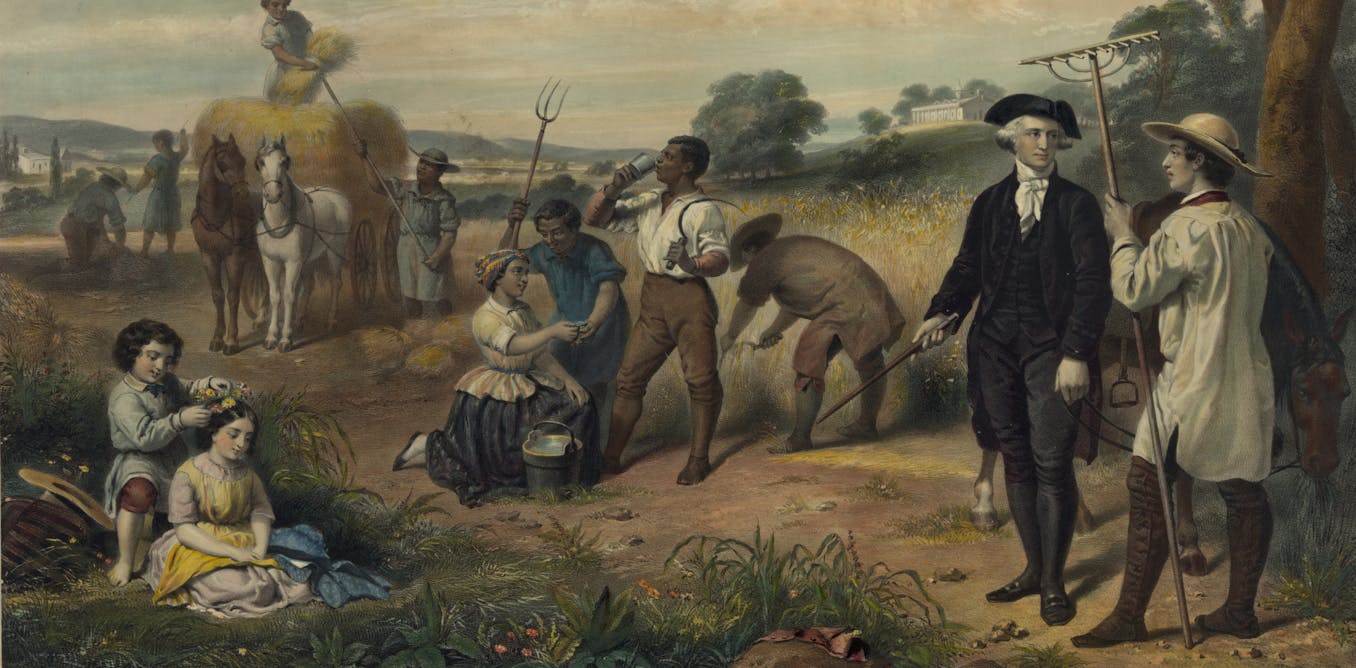by CALVIN SCHERMERHORN

If there was anyone who knew the rewards of slavery, it was George Washington.
Over a period of about 50 years, the nation’s first president enslaved about 577 Black Americans, starting when he was 11 years old.
One of them was a Black man named Morris who was skilled in carpentry and became an overseer of other enslaved men and women working on a farm at Washington’s Mount Vernon estate in Virginia. Though Morris’ skills afforded him a few extra benefits, he was still unable to buy what he coveted most – freedom.
Despite the existence of voluminous public records that reveal Washington’s treatment of Morris and other human property he owned, Florida officials want public school educators to instead emphasize Washington’s efforts to abolish slavery.
As a scholar of slavery in the U.S., my research has shown that Washington’s efforts to free Black people pale in comparison to how he fought to keep Black people enslaved.
Washington’s benefits from slavery
After marrying the widow Martha Custis in 1759, Washington had big plans for Mount Vernon.
Not content to grow only tobacco, he diversified, planting over 60 crop varieties and producing value-added products like flour, beer and whiskey.
In addition to operating five separate farming units, Washington wanted to nearly triple the size of his Mount Vernon mansion from 3,500 square feet to 11,000. To accomplish that goal, Washington put skilled enslaved carpenters like Morris to work.
Washington hadn’t paid anything for Morris or his carpentry training. Morris was born enslaved to Martha Custis’ first father-in-law, and when Custis and Washington got married, the fruits of Morris’ labor became Washington’s property.
By the time Washington brought him to Mount Vernon in Virginia’s Fairfax County, Morris was 30 years old and had already trained as a carpenter in nearby New Kent County.
The Conversation for more
